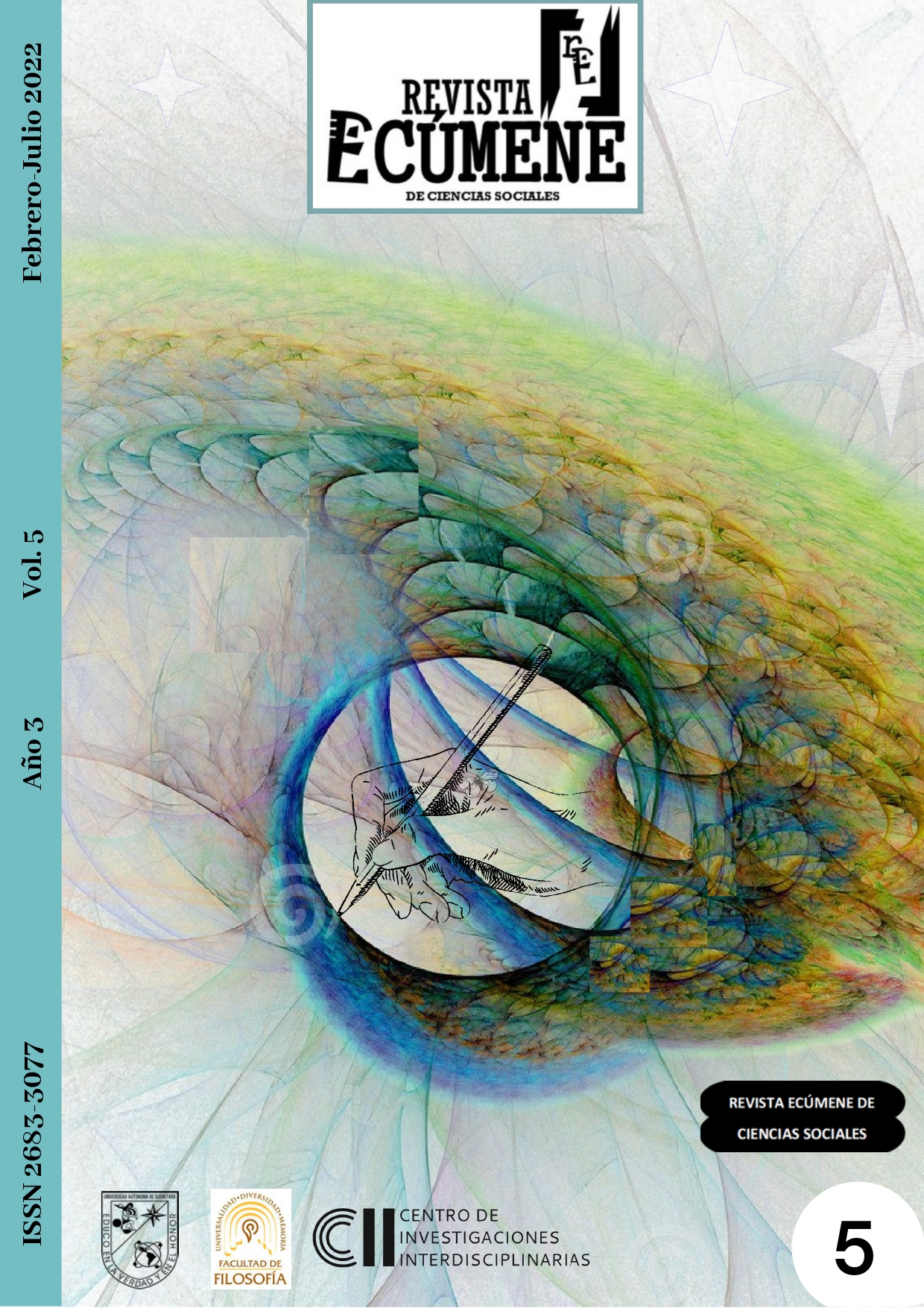Abstract
ithin the frame of the new proposals to analyze the phenomenon of religiosity in the Catholic world, where the authors adjust the implementation of the ecclesiastical authority’s dispositions and give greater weight to the negotiation capacity of local actors to apply and refine orders; It is intended to analyze, through new documentation located in local, regional and national collections, the development of Bourbon reformism in the jurisdiction of the Queretaro’s old doctrine and the strategies of the authorities
and parishioners to continue with their pious practices during the second half of the century XVIII. In this process, on the one hand, the enlightened prelates implemented, with the support of the regiment, the densification of the parish fiber and reform of the festivities for the improvement of the cult; However, at the same time, these local authorities and the parishioners applied mechanisms to nuance and mitigate the changes, such as the formation of new identities, erection of temples, construction of narratives and the defense of certain religious manifestations that were for the benefit of the common good. With the study of the evolution of the reforms in the case of Queretaro, it will be possible to analyze the characteristics of religiosity, the total implementation of the enlightened position of the ordinaries and will realize the coexistence of various forms of religiosity in the same space and that its implementation depended on the negotiation and support of local groups.

This work is licensed under a Creative Commons Attribution 4.0 International License.
Copyright (c) 2022 Autor

